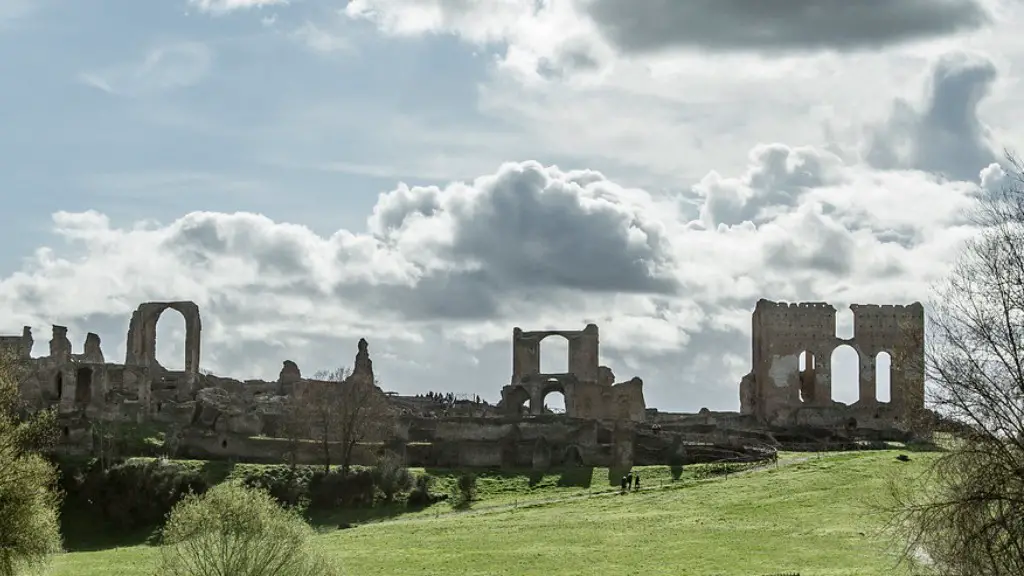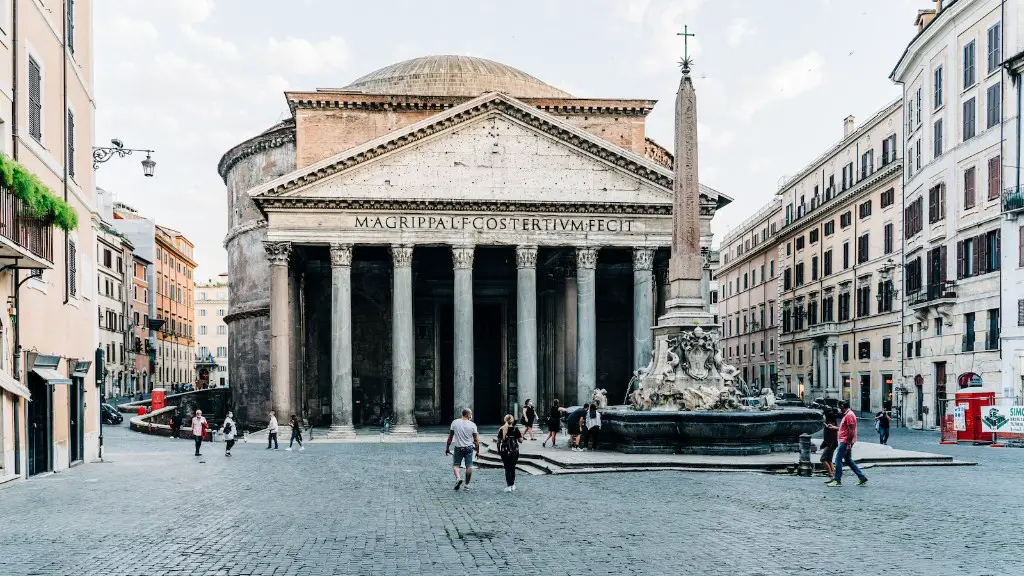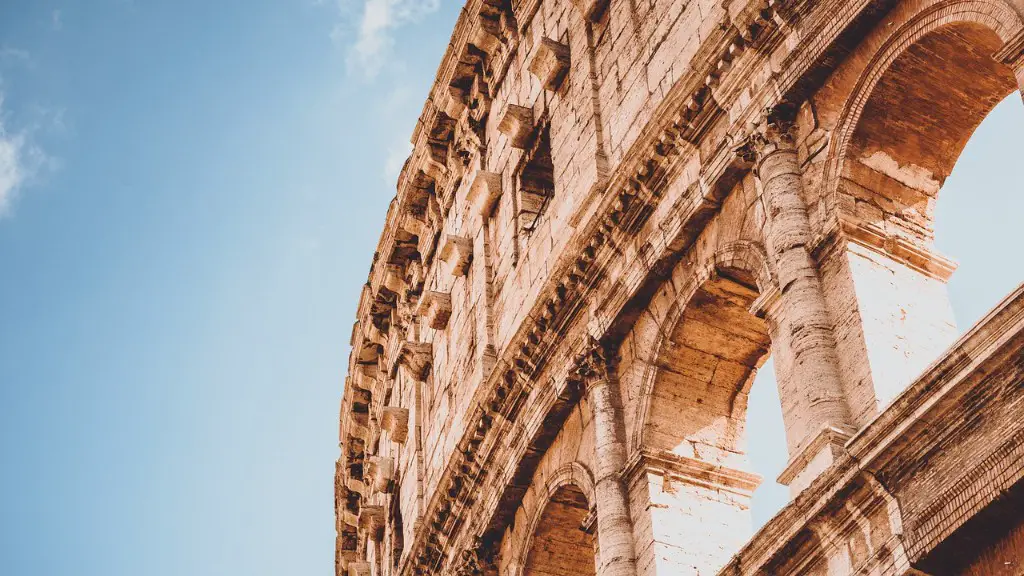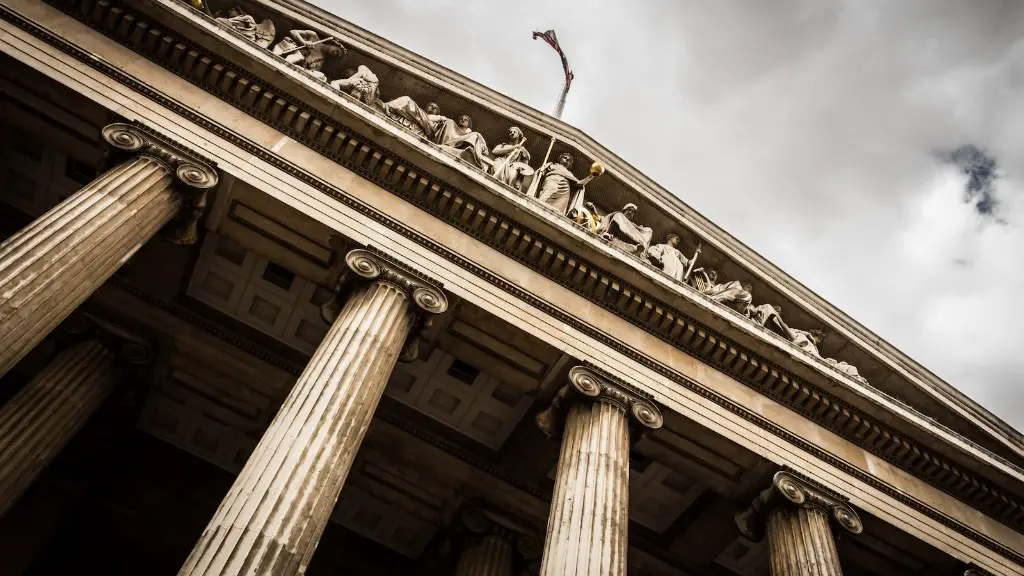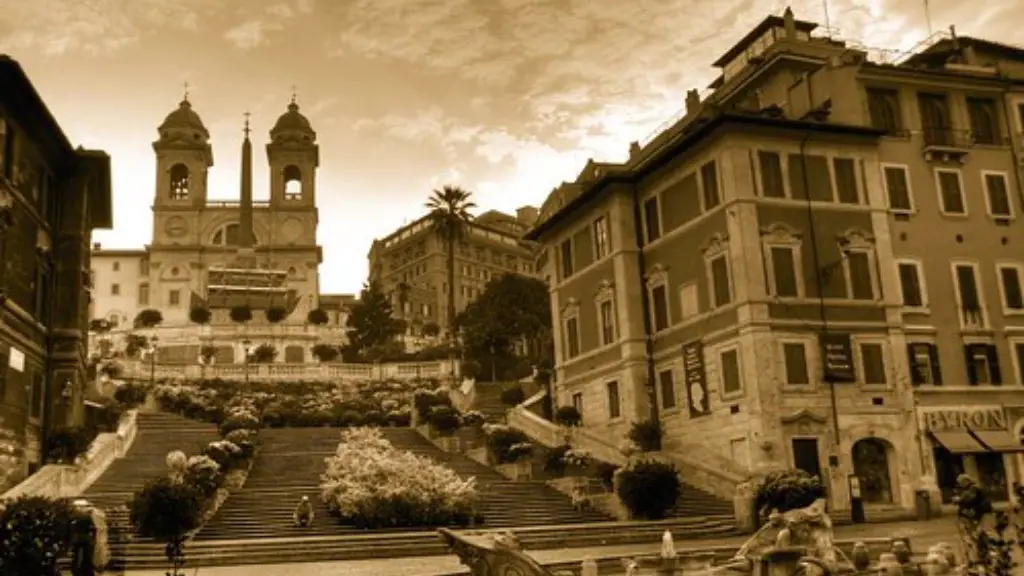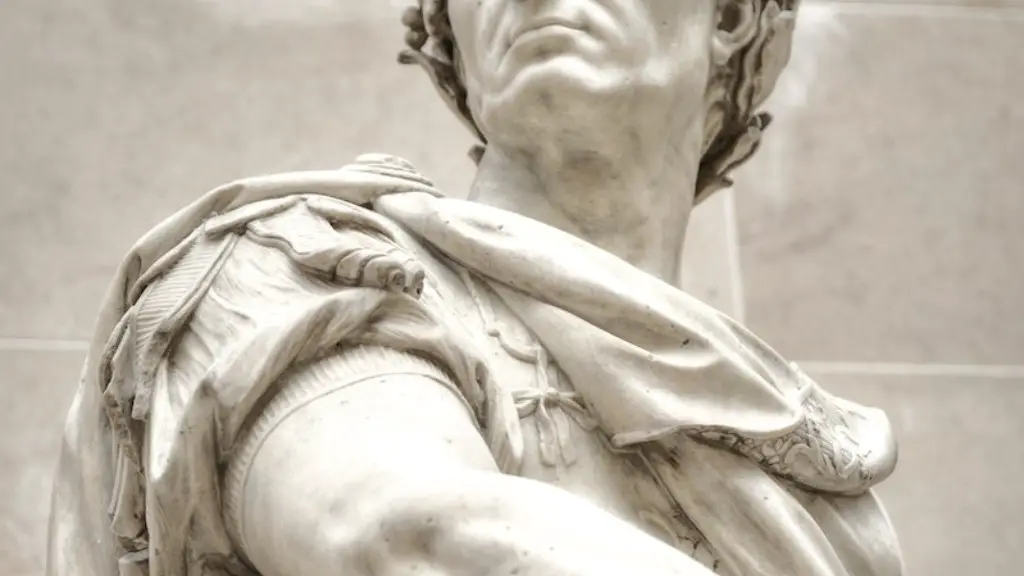According to archaeological records, concrete was used in Ancient Rome for a variety of purposes, from large public buildings, to aqueducts, to coinage. Work on ancient Rome’s concrete technology dates back to the earliest period, from the 4th century BC. Ancient Roman concrete was made from volcanic ash, lime and water. It was an essential building material in the Romans’ possession, and the remarkable durability of their concrete structures is evidence of its outstanding quality.
The combination of volcanic ash, lime and water gave the multi-layered Roman concrete an extraordinary combination of strength and cohesive properties. Upon mixing these components together, a paste was formed which was used to bind together the aggregate material – usually of crushed stone, ceramic tiles, and bricks. Ash, which was suitable for use in concrete in the form of pozzolanic rock, was an essential component of Roman concrete. Pozzolanic rock is a type of rock that when combined with lime and water forms a highly durable cement-like material.
It is likely that the Romans began using concrete for construction around 600 BC, and some of their longest lasting concrete architectural features are still standing today, testament to its longevity. This material is probalby best represented by the Pantheon in Rome, which was constructed with concrete in the early 2nd century BC, and is still in use today. The materials used in the Pantheon’s construction have provided an ideal environment for it to remain standing.
The durability of Ancient Roman concrete was not just due to their innovative use of binding materials, but also to the way the concrete was laid and the shape of the structures. Roman engineering often incorporated the use of rounded arches and domes which created architects visions, such as that of the Pantheon. This form of construction ensured that any cracks or damage to one part of the structure would have little impact on the structural integrity of the whole.
Despite the continued use of Roman concrete in the present day, the exact chemical and physical properties of it are still largely unknown. The techniques used to make Roman concrete are thought to have remained remarkably unchanged until their collapse in the 5th century AD.
The secret of its success has been the subject of numerous scientific studies, and the results provide insight into the efficiency of Roman engineering. The admixtures used by Rome’s engineers to enhance certain qualities in the concrete, such as strength and flexibility, have been identified as essential to the success of the material. These admixtures were usually found in the form of sea and river sand, ash, volcanic rocks, and animal dung.
Furthermore, it is thought that the Romans had a unique understanding when it came to dampening the concrete and the curing process, which was likely done over the course of several weeks. This would have allowed the concrete to become incredibly strong and resistant to environmental damage.
Although some Roman concrete structures have been damaged due to environmental factors and human neglect, many of the structures from Ancient Rome are still standing today, a testament to the superior construction skills of the engineers of the time.
The Pantheon: A Lasting Legacy
The Pantheon in Rome is one of the best examples of a concrete structure left behind by the Ancient Romans, and has become a UNESCO World Heritage Site. It is one of the largest and most impressive domes ever built and is thought to have been designed and constructed by the Roman Emperor Hadrian in the early 2nd century AD. The Pantheon is a magnificent testament to the architectural genius, the quality of materials and the practical application of concrete and formulations of the ancient Romans.
The Pantheon’s dome is made up of two sections, an inner and outer. The inner dome is constructed of concrete walls which, in spite of the passage of time, have remained structurally sound and unaltered. Whereas conventional modern concrete structures rely on steel reinforcements, the Pantheon is solely held together by its concrete walls, demonstrating the advanced design and engineering skills of its builders.
The various types of concrete used in the construction of the Pantheon were designed to be highly resilient and prevent water damage, the key to its longevity. Due to the shape of the structure, any cracks or damage to one part of it were unlikely to affect the structural integrity of the whole, meaning that the Pantheon is still standing today despite its age and exposure to the elements.
The materials and techniques used by the Romans to construct the Pantheon have been studied and analysed in great detail, and a variety of admixtures, from animal dung to volcanic ash and lime, have been identified. It is through these admixtures that the Romans were able to create their remarkable masterpieces.
The Use of Concrete in Building Aqueducts
The Romans were incredibly adept at using concrete to construct aqueducts, which were the means by which water was transported from distant supplies to cities. The main feature of these aqueducts was that they were able to hold large amounts of water and yet remain structurally sound, a feat made possible by the Romans’ mastery of concrete technology.
The most austere example of this technology is not only an incredible feat of engineering but also a testament to the durability of Roman concrete. The Pont du Gard, built during the reign of Augustus, is an aqueduct spanning three tiers and rising to a height of over fifty meters. It is still standing today, over two thousand years later.
The remarkable strength of the Pont du Gard is due to the durability of the concrete used to construct it. Analysis of the material reveals that its composition is unique, with the proportion of ash, lime and pozzolanic rock providing greater strength and flexibility than modern reinforced concretes. This enabled the Romans to create a structure that could withstand the test of time.
In addition, the precise laying of the concrete blocks and the design of the structure meant that any damage to one part of it had little impact on the integrity of the whole. The precise modular shape of the blocks enabled them to interlock with each other and share the weight of the water and any external forces with equal balance.
The Legacy of Roman Concrete
The advanced use of concrete by the Romans served to provide a lasting legacy that still stands today, and the materials and techniques used to construct the Pont du Gard, the Pantheon and other important Roman structures are admired by modern architects and engineers.
The use of concrete in Ancient Rome enabled the construction of structures that remain standing today, with the Pantheon serving as perhaps the ultimate example of a structure that could stand the test of time. From large public buildings to aqueducts, the Romans utilised their innovation in engineering to develop a unique building material.
It is also due to the skill of the Roman engineers that the structures built with their concrete formulations have stood the test of time, from the Pantheon to the Pont du Gard. The innovative use of admixtures such as ash, lime and pozzolanic rock allowed them to create long-lasting masterpieces that have become iconic symbols of Ancient Rome.
Research and Analysis of Roman Concrete
The use of Roman concrete has been studied, analysed and researched in great detail, in order to uncover the secrets of its design and longevity, and it is due to this ongoing research that a greater understanding of the process has been achieved.
Modern architects and engineers use the results of this research and analysis to improve the strength and durability of modern concrete structures. These studies also provide invaluable insight into the historical significance of the Roman Empire, and their use of concrete.
It is through the study of concrete structures such as the Pantheon and the Pont du Gard that the unique skills of the Ancient Romans can be appreciated. These structures serve as a lasting legacy of the remarkable architectural genius of the Ancient Roman Empire, and of their use of concrete as a building material.
Modern Concrete and its Limitations
Modern concrete has certain limitations which make it unsuitable for certain types of structures, such as huge and complex buildings. In spite of these limitations, concrete remains one of the most widely used materials in modern architecture, and advances in its manufacture have allowed modern architects to create and implement more practical and innovative designs in buildings, bridges, and other structures.
However, modern concrete does not possess the same strength and durability as that of Roman concrete and cannot withstand environmental factors and human neglect as strongly as the concrete used by the Roman Empire’s engineers. Modern concretes are often reinforced with steel, but this takes away from its structural efficiency and makes it unsuitable for certain applications.
Roman concrete is thus an invaluable source of inspiration for modern engineers and architects, as it provides a unique understanding of the properties of concrete and the importance of creating strong and resilient structures. The research and analysis of Roman concrete has provided the tools needed to create buildings and structures that stand the test of time.
Conclusion
To conclude, concrete was an essential building material in Ancient Rome and was used to construct a variety of structures that remain standing today. The remarkable durability of these structures is a testament to the advanced engineering skills of the Romans and the quality of the materials that they used. The admixtures used by Rome’s engineers to enhance certain qualities of concrete, such as strength and flexibility, have been identified as essential to the success of the material. Research and analysis of these ingredients have enabled modern engineers and architects to gain valuable insight into their use of concrete and the importance of creating strong and resilient structures.
